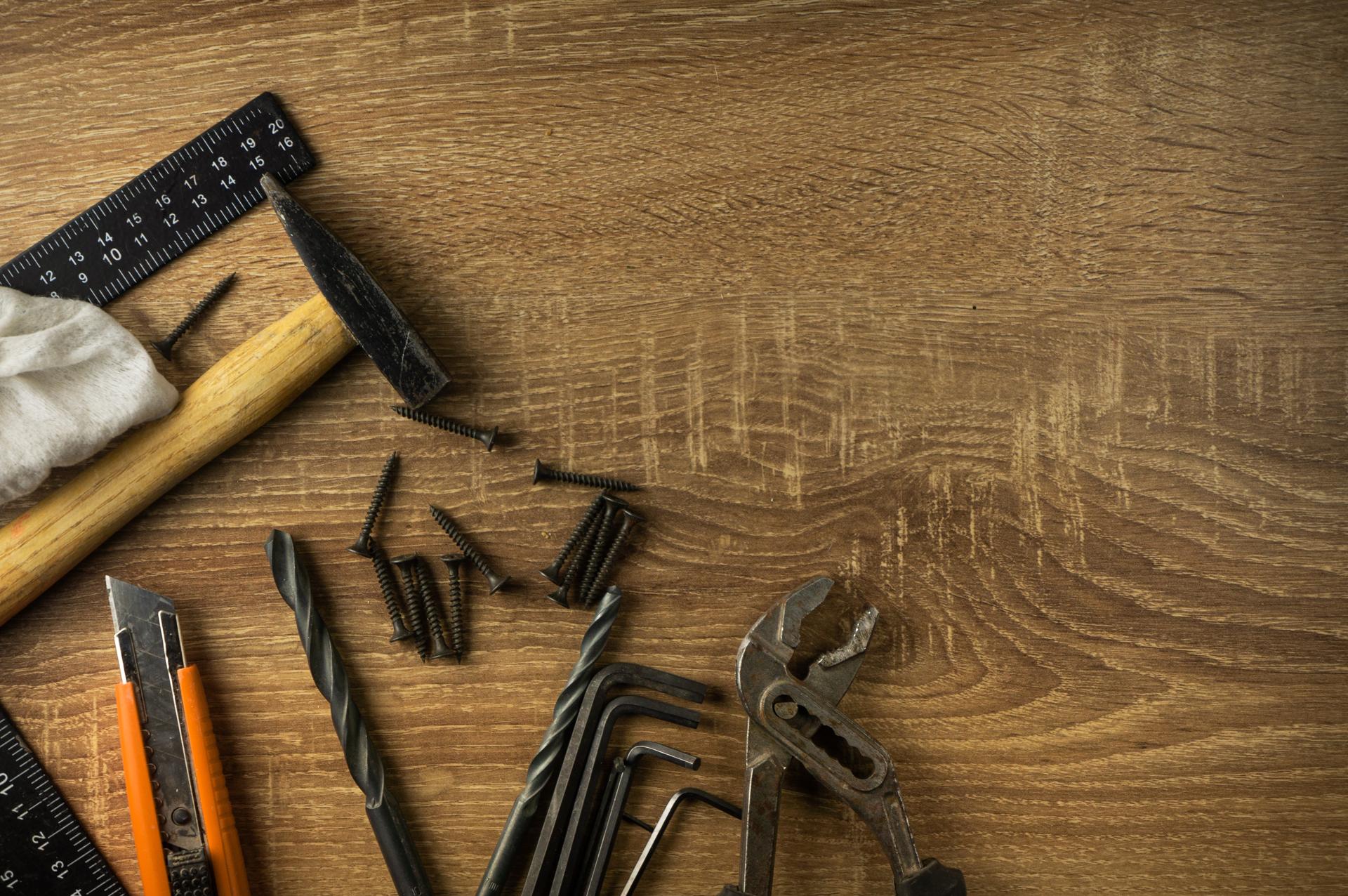Do-it-yourself Plumbing Made Easy: How to Resolve Common Problems in Your Home

Plumbing systems are an integral part of every household. If they are not maintained properly they could be an issue for many, leading to inconvenience and expensive repairs.
There are numerous advantages of learning to resolve small plumbing problems yourself, including saving money as well as learning important skills. In this article, we will discuss common plumbing issues and DIY techniques to fix these issues.
Common Plumbing Problems
Dripping Faucets
Dripping faucets aren’t only frustrating, but they also consume a substantial quantity of water in time. The most frequent cause for the faucet to drip is a worn-out washer or O-ring. To fix this issue switch off the water supply to the faucet, remove the handle, and then replace the damaged washer or O-ring.
Running Toilets
A toilet that is running is another common plumbing issue that could cause water to be wasted. The most frequent reason is a malfunctioning flapper valve that doesn’t seal correctly, allowing water to flow from the tank into the bowl. To fix this issue shut off your water source to the toilet. remove the lid from the tank, and adjust or replace your flapper valve.
Clogged Drains
Drains that are clogged can be caused by a variety of factors, including soap, hair, or food particles. To get rid of this problem it is possible to use either a plunger or drain snake to eliminate the blockage. Alternatively, you can use a mixture of baking soda and vinegar to dissolve the clog.
Low Water Pressure
Low pressure water in the pipes could be due to a variety of reasons, such as the buildup of minerals within the pipes or a malfunctioning pressure regulator. To resolve this issue try cleaning the aerator or replacing the pressure regulator.
Tools Needed for DIY Plumbing
To carry out DIY plumbing, you will need a few essential tools such as the plunger, an adjustable wrench pipe wrench, Teflon tape and the screwdriver. The tools you have on hand will help you repair minor plumbing problems.
Tips to be Safe when doing your own plumbing
Security should be a top priority when performing any plumbing repair DIY. Some safety tips to consider include shutting off the water supply prior to starting any repairs, wearing safety glasses and gloves and having a first aid kit in case of emergencies.
DIY Plumbing Techniques
For fixing common plumbing problems, you will need to master some DIY plumbing techniques such as how to turn off your water source, how to fix a leaky faucet and how to fix an unresponsive toilet, how to unclog the drain, and also how to boost the pressure of water. These tips can help you save time and money when it comes to minor plumbing repairs.
Conclusion
In the end, knowing how to fix small plumbing issues yourself is beneficial in numerous ways. Not only will it help you save money, but it will also give you an appreciation for your efforts and valuable knowledge. For more serious plumbing problems, it’s better to consult an experienced plumber.
FAQ
Can I fix a plumbing problem myself?
Yes, you can repair minor plumbing issues yourself by learning a few basic DIY plumbing techniques.
Which are the top frequent plumbing problems?
The most frequently encountered plumbing problems are leaky taps and toilets that run, blockages in drains, as well as low water pressure.
What tools do I need to do my own plumbing?
You’ll need some essential tools such as an adjustable wrench, a plunger pipe wrench Teflon tape and the screwdriver.
Is DIY plumbing safe?
DIY plumbing is safe if you follow the safety guidelines and take appropriate steps.
When should I call for a licensed plumber?
It is recommended to contact a professional plumber to address plumbing issues that require specialist equipment and knowledge.
